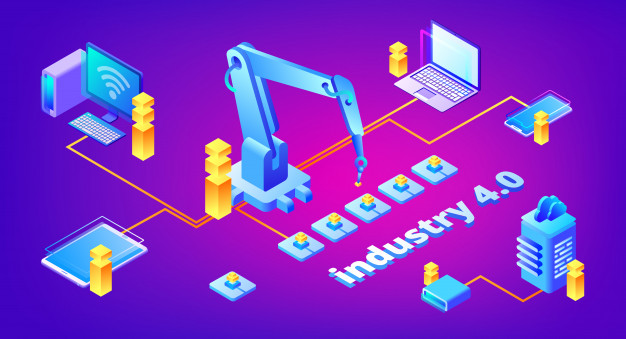With the proliferation of interconnected devices across the globe, companies are getting ready for the data boom that will hit us soon. It will revolutionize the way we manufacture products, maintain professional relationships (Vendor and Supplier relationships), and carry out supply chain activities. It will improve sales and operation planning and unlock the gates for new types of after-sales service. But several challenges come along with this new technology. Here are the 3 biggest challenges of data-driven manufacturing:
1. A shift from time-triggered to event-triggered manufacturing
Today, manufacturing companies operate on the principle of time-triggered manufacturing. All the inputs are fed to the ERP system that converts the raw materials into finished products in the desired shape and time. Control systems monitor various parameters and see to it that things are executed in the same manner, always. But when data-driven manufacturing becomes a norm, machines will follow the event-triggered manufacturing style. In this system, products are created based on events. For example, customer 1 places an order for a dog-shaped wax candle and customer 2 for an elephant-shaped wax candle.
So, the ERP system will use the wax to create two different final products. Now consider this situation. A machine that was supposed to operate at 2 P.M goes out of order. Should the work stop? IoT devices will be able to check which machine in the production facility is free and can take on the extra job. With data-driven IoT systems, manufacturing facilities will be able to control randomness that restricts today’s businesses to realize their full potential. Only time will tell how much of it will be accomplished and how much of it will remain a fiction.
2. Integrating legacy systems
Technocrats, industrialists, and big investors are excited about the upcoming data-driven manufacturing revolution. But they shouldn’t forget that those new systems should be able to work with legacy systems. Manufacturing companies cannot think of starting from a clean slate because that would waste precious time and a lot of resources. Here is where the problem arises. Most of the legacy systems don’t have sound interfaces and find it difficult to connect, operate, and share data with new technologies.
A few of them don’t have the proper documentation available. Also, software engineers and analysts who developed them may be either out of service or long dead. Instead of getting soaked with hope, companies should analyze such factors with open eyes and see what they do to tighten the loose string’s ends.
3. Inherent security challenges
ERP, CRM, and HRM systems work through relatively safe cloud systems. With the sudden improvement in ethical hacking, analysts know what to do if there is a cyber threat. But the same does not apply in the field of manufacturing. The computer systems that are prevalent in the manufacturing facilities are of pre-Internet days. They make use of gateways to connect with the Internet and share data over the network. Since the systems are outdated and there aren’t many security analysts that operate in this field, it’s easy for hackers to steal information. In the long run, if data-driven manufacturing has to become a reality, it will need advanced computing power.
It will require loads of investments that investors are somehow oblivious to. Apart from these three challenges, many others have to be dealt with before data-driven manufacturing becomes ubiquitous. With the introduction of 5G networks and advancements in IoT technology, the future appears promising. When the potential of data-driven manufacturing is fully realized, companies will be able to fine-tune their processes and monitor operations effectively. The results appear to be promising, with a 50% reduction in time to market and a massive increase in productivity.








